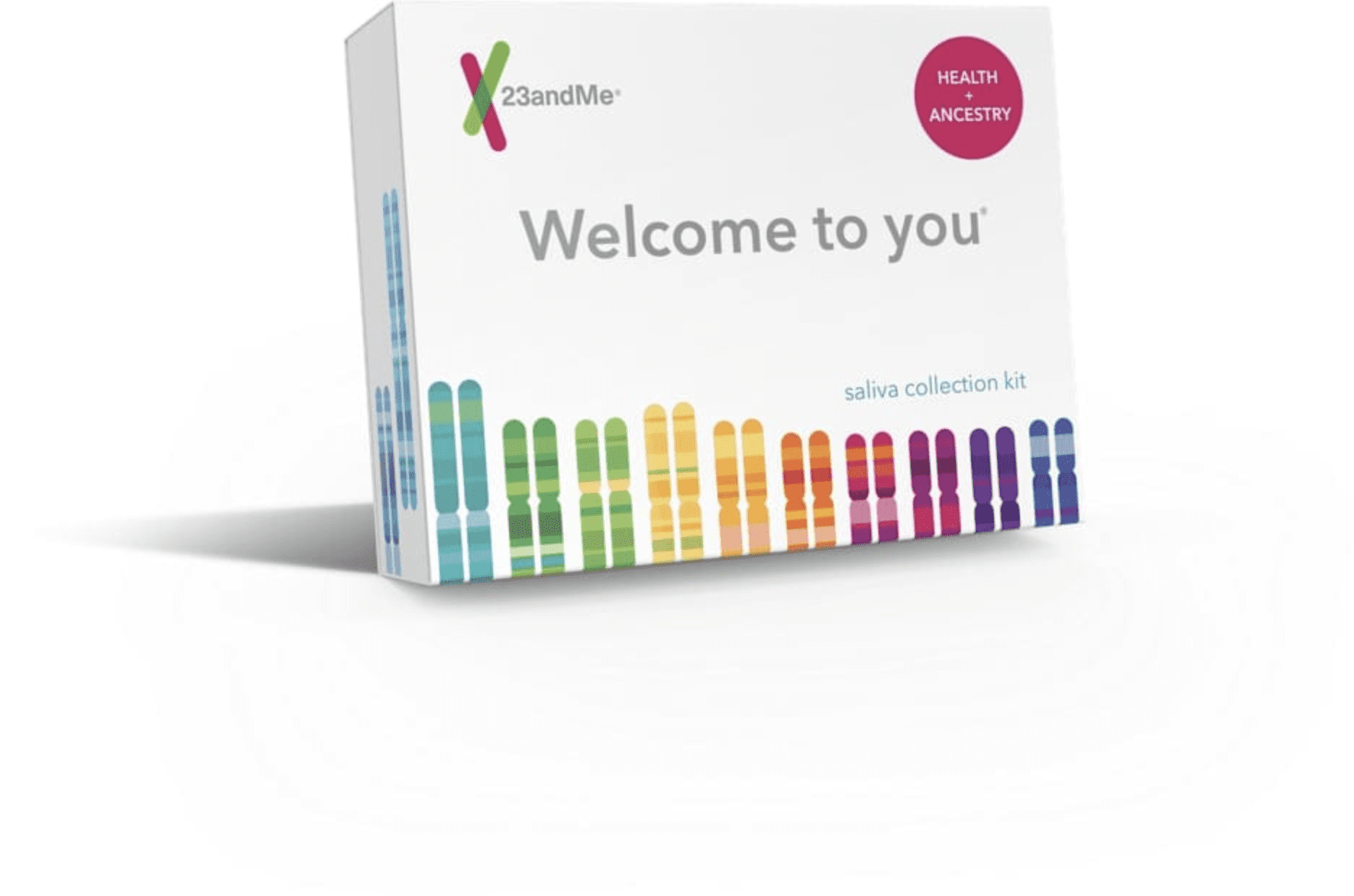How it works
Our bodies produce a substance called pigment, and pigments are responsible for the colorof our skin, hair, and eyes. When scientists talk about the pigments people produce, they’re typically referring to melanin. There are two types of melanin you should remember: eumelanin, which is brown/black, and pheomelanin, which is red/yellow.The lightness or darkness of your hair depends on the amount of different types of melanin you produce. People with dark hair produce a lot of eumelanin, and people with light hair generally produce it too, just not as much. If you produce pheomelanin, your hair could be more or less red, depending on how much of the pigment you produce.Hair cells don’t make their own pigment. Instead, specialized skin cells within the hair follicle create pigment. These skin cells are called melanocytes.
The genetic link
You might wonder if there’s a single gene that causes hair to be blonde, brown, or black. It turns out hundreds of genes influence hair color. Some of the genes associated with hair color also influence eye color, skin pigmentation, and freckles. These partly-overlapping genetics help explain why a person’s hair, skin and eyes are sometimes similar in terms of being lighter or darker.

Did you know?
Your hair may change color at different points in your life naturally, without the help of a bottle of dye. Some hair types can get lighter when exposed to lots of sunshine, though the difference is more noticeable in lighter shades. That’s because UV rays cause melanin in the hair to break down. Changing hormone levels at puberty also affect melanin production, causing some children’s hair to turn from lighter to darker as they approach adulthood. In older age, hair often stops producing melanin and loses its color.
Explore more
Sadly, there are no genetic variants for blue hair-at least not at this stage of human evolution. But that doesn’t mean there aren’t lots of interesting things to learn about your natural hair color! 23andMe’s Health + Ancestry Service can help you find out if you’re likely to have light or dark hair based on your genetics.

Health + Ancestry Service
References
23andMe Blog (2018, April 16). “Untangling the Genetics of Hair Color.” Retrieved October 25, 2018, from https://blog.23andme.com/23andme-research/untangling-the-genetics-of-hair-color/.
Slominski A et al. (2005). “Hair follicle pigmentation.” J Invest Dermatol. 124(1):13-21.
Sturm RA. (2009). “Molecular genetics of human pigmentation diversity.” Hum Mol Genet. 18(R1):R9-17.

Leave a Reply